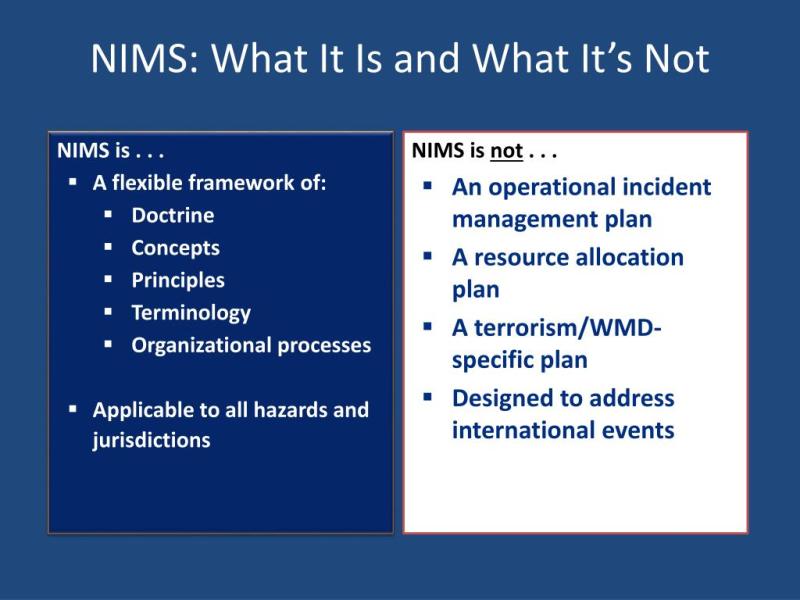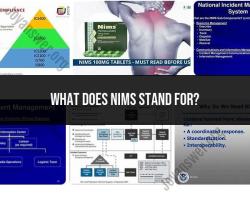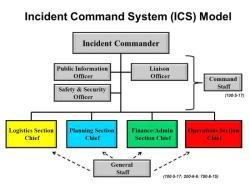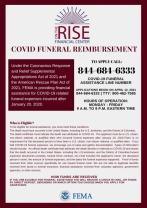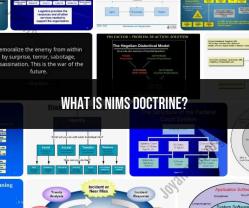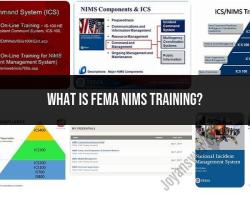What is the purpose of the Nims template?
NIMS, or the National Incident Management System, is a comprehensive framework developed by the United States government to enhance the nation's ability to respond to and manage incidents, regardless of their size or complexity. NIMS provides a standardized and systematic approach to incident management and is designed to facilitate coordination and collaboration among various agencies and organizations involved in emergency response.
NIMS templates serve as standardized forms and documents that help organizations implement NIMS principles and procedures consistently. These templates play a crucial role in achieving the following purposes:
Consistency and Standardization: NIMS templates provide a standardized format for documenting key information related to incident management. This consistency ensures that different agencies and jurisdictions can communicate effectively and share information in a common format.
Interoperability: The use of NIMS templates promotes interoperability by ensuring that various organizations and agencies can exchange information seamlessly. This is particularly important during incidents where multiple entities are involved in the response.
Efficiency and Effectiveness: Templates streamline the process of gathering and documenting critical information during an incident. This efficiency is essential for managing resources, communicating priorities, and making informed decisions in a timely manner.
Training and Exercises: NIMS templates are often used in training and exercises to familiarize personnel with the standardized procedures and documentation formats. This practice helps ensure that responders are well-prepared and can effectively implement NIMS principles during real incidents.
Documentation and Reporting: NIMS templates serve as tools for documenting incident-related information, such as incident action plans, resource requests, and situation reports. Accurate and consistent documentation is crucial for post-incident analysis, improvement, and reporting.
Accountability: By using standardized templates, NIMS enhances accountability in incident management. Clear documentation allows for tracking resources, actions, and decisions, making it easier to assess performance and allocate responsibilities.
Adaptability: While NIMS provides a standardized framework, templates can be adapted to specific incidents and organizational needs. This flexibility allows for customization while maintaining overall consistency.
In summary, NIMS templates are essential tools that support the implementation of NIMS principles by providing a standardized and systematic approach to incident management. They promote consistency, interoperability, efficiency, and accountability, contributing to a more effective and coordinated response to incidents.
How is the NIMS template utilized in emergency management or response?
Here's how the NIMS template is utilized in emergency management or response:
1. Common Framework for Coordination:
- Establishes a shared language and structure: NIMS provides a standardized approach to managing incidents, ensuring that all responding agencies and organizations are on the same page, regardless of their size or jurisdiction. This includes common terminology, organizational structures, and procedures that everyone understands and follows.
2. Incident Command System (ICS):
- Mandates a flexible management system: NIMS requires the use of the Incident Command System (ICS), a standardized framework for organizing personnel, resources, and operations during an incident. ICS establishes a clear chain of command, defines roles and responsibilities, and coordinates resources effectively.
3. Preparedness:
- Guides planning, training, and exercises: NIMS guides preparedness activities, encouraging agencies to plan, train, and exercise for potential incidents using the NIMS framework. This helps ensure that responders are ready and familiar with the system before an actual emergency occurs.
4. Resource Management:
- Facilitates efficient resource allocation: NIMS provides mechanisms for identifying, tracking, requesting, allocating, and sharing resources across jurisdictions. This helps ensure that resources are used effectively and efficiently during an incident.
5. Information Sharing:
- Promotes effective communication: NIMS emphasizes effective communication and information sharing among responders and with the public. It establishes common processes for collecting, analyzing, and disseminating information in a timely and coordinated manner.
6. Joint Information System (JIS):
- Coordinates public information: NIMS promotes the use of the Joint Information System (JIS) to coordinate public information activities and ensure consistent messaging. JIS establishes a single point of contact for media inquiries and public communication.
7. Ongoing Evaluation and Improvement:
- Encourages continuous improvement: NIMS encourages continuous evaluation and improvement of incident management practices based on lessons learned from real-world events. This helps ensure that the system remains adaptable and effective in addressing evolving threats and challenges.
